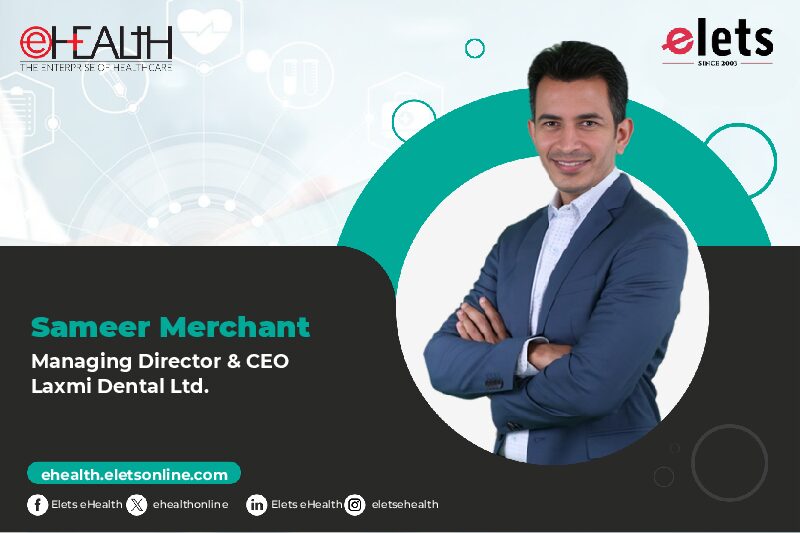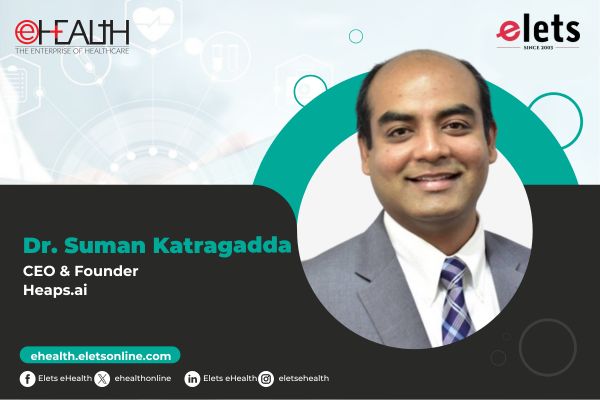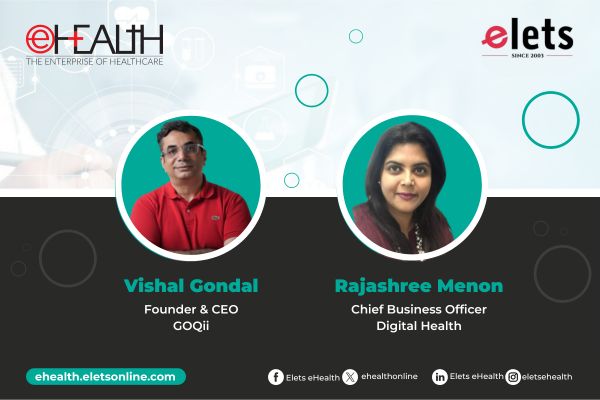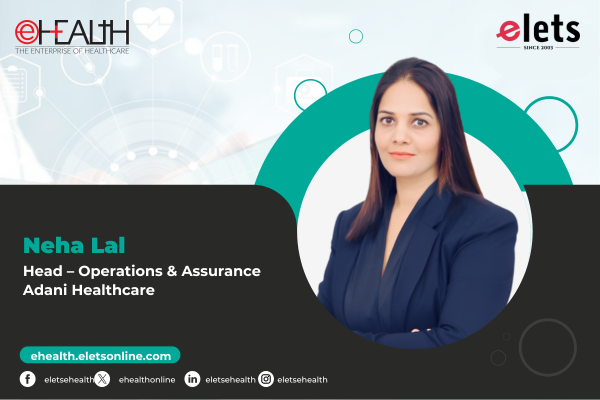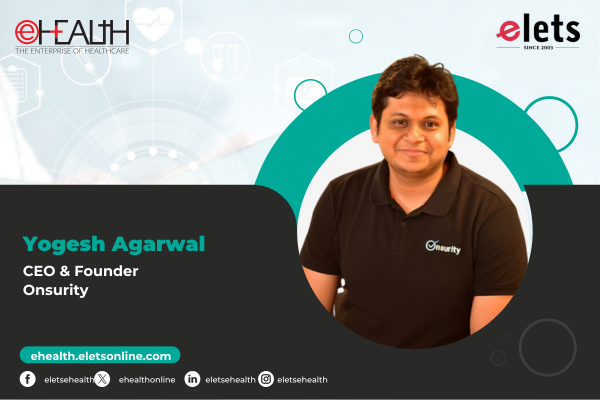
In the midst of chaos, there is also opportunity. — Sun Tzu
Healthcare is evolving rapidly. While clinical teams face growing demands, there’s a growing opportunity to create a more connected and seamless patient experience. However, even within these systemic cracks lies the opportunity to reimagine care: not as a series of transactions, but as a connected, intelligent experience. That future requires something deeper: a unified approach that brings together medical, administrative, and operational systems into one coherent architecture. Integrated health-tech is no longer an aspiration. It is fast becoming the backbone of modern care delivery.

Connecting The Dots Across The Ecosystem
Traditionally, payers, providers, and support functions have operated in silos, with separate platforms, processes, and priorities. The result has been inefficiency and critical delays in care. Integrated solutions are now stitching these systems together, allowing healthcare to function as one continuous service rather than a disjointed experience.

For example, a claims system connected to an electronic health record can flag anomalies in real time, ensuring faster adjudication and fewer errors. A care management platform that draws data from both payer and provider sources can deliver personalised, proactive interventions to patients. These are no longer hypothetical use cases but live, scalable, and making a measurable impact.

Intelligence That Serves, Not Replaces
The introduction of AI and automation has opened new possibilities, but the goal is to support clinicians and administrators with insights they can trust. A ‘human-in-the-loop’ model ensures that critical decisions are informed by data without compromising empathy or ethical standards.

Take, for instance, automated outreach to patients at risk of chronic conditions. AI can help identify the right time and method to intervene, but the actual care remains human-delivered. Similarly, automating administrative workflows frees up time for frontline staff to focus on patient engagement, not paperwork. This intelligent augmentation helps reduce burnout, improve turnaround times, and increase accuracy, all of which directly affect care outcomes.
Innovation, Not For Its Own Sake
Innovation in healthcare must pass a higher bar. It cannot be performative or reactive but show real-world impact across clinical quality, operational efficiency, and user experience. That is why leading organisations are adopting rigorous internal frameworks to evaluate every idea before it is scaled. Some have adopted structured ideation pipelines, where thousands of employee-submitted ideas are filtered and only the most impactful are funded. Others apply quantitative metrics to assess innovation ROI: from dollar savings to reduced time-to-care. This level of discipline ensures that new solutions don’t just look good on paper but stand up to the demands of scale and complexity.
A System That Works For Everyone
Reimagining patient care means designing systems that serve every stakeholder: doctors, nurses, case managers, underwriters, support staff, and yes, the patient. Integrated health-tech is a framework that connects all these roles so that care becomes seamless, accountable, and outcome-driven. When done right, these systems reduce duplication, close care gaps faster, and offer patients a single, intuitive journey through the health system. Instead of navigating different portals or re-explaining their history at every step, individuals experience coordinated, context-aware care, whether they are interacting with a hospital, a health plan, or a digital app.
Investing In Capability
Behind every successful system is a team with deep expertise across both healthcare and technology. It is no longer enough to hire for technical skills alone. The most effective organisations are those that build domain-specific capability; teams who understand clinical workflows, regulatory frameworks, reimbursement models, and the lived reality of healthcare delivery. Upskilling and internal capability-building are becoming strategic imperatives. Whether through partnerships with academic institutions, mentorship programs for women in tech, or certification pathways in health IT, the best teams are doubling down on talent that can adapt with the sector. And increasingly, innovation is not top-down. Employees on the ground are given the tools to shape the solutions they’ll later deploy.
The Way Forward
The demand for integrated care is no longer coming only from regulators or leadership. Patients themselves are asking for it, through their expectations for continuity, transparency, and personalised service. The healthcare system must respond by building from within: unifying its systems, empowering its people, and aligning every tool around one purpose: better health outcomes. Integrated health-tech solutions are a rethinking of how care is delivered, experienced, and sustained. As this transformation accelerates, organisations that invest now in coherence, intelligence, and agility will not just survive, they will lead.
Views expressed by: Sumit Kumar, EVP and Chief Delivery Officer, Thryve Digital
Be a part of Elets Collaborative Initiatives. Join Us for Upcoming Events and explore business opportunities. Like us on Facebook , connect with us on LinkedIn and follow us on Twitter , Instagram.
"Exciting news! Elets technomedia is now on WhatsApp Channels Subscribe today by clicking the link and stay updated with the latest insights!" Click here!






